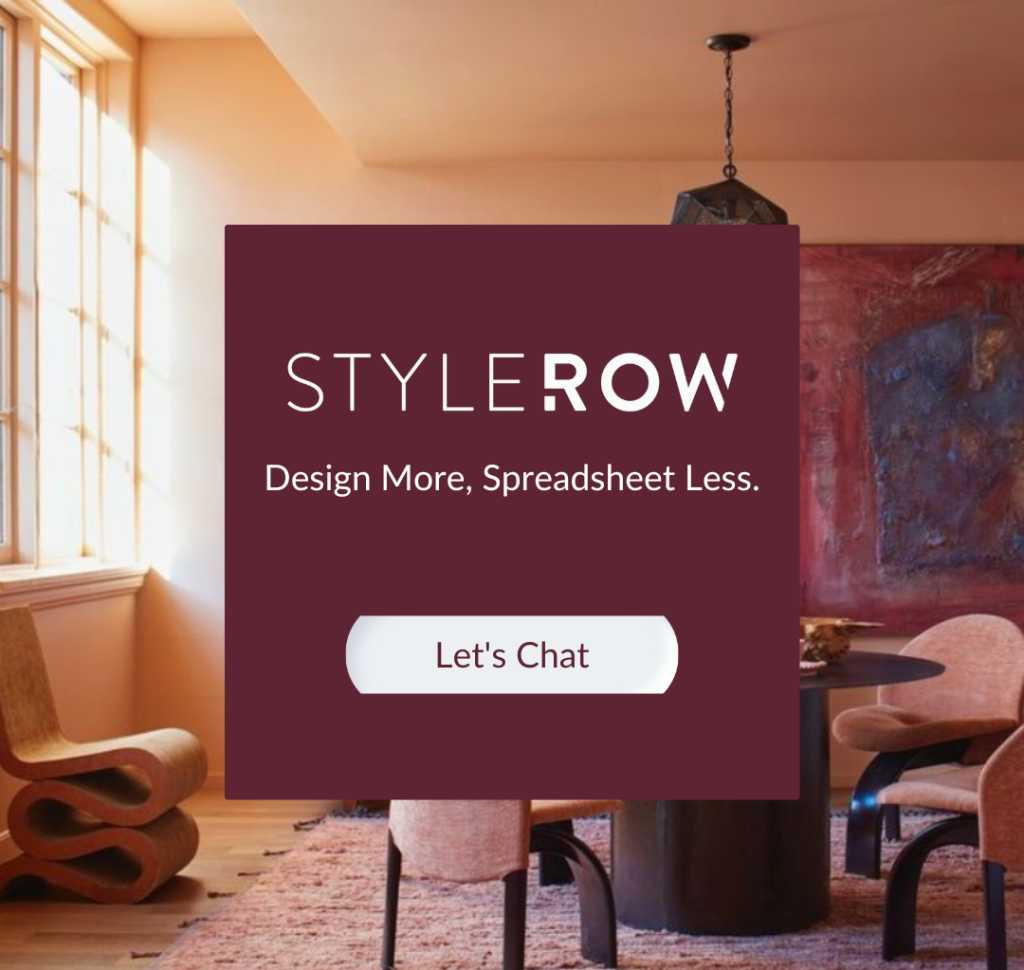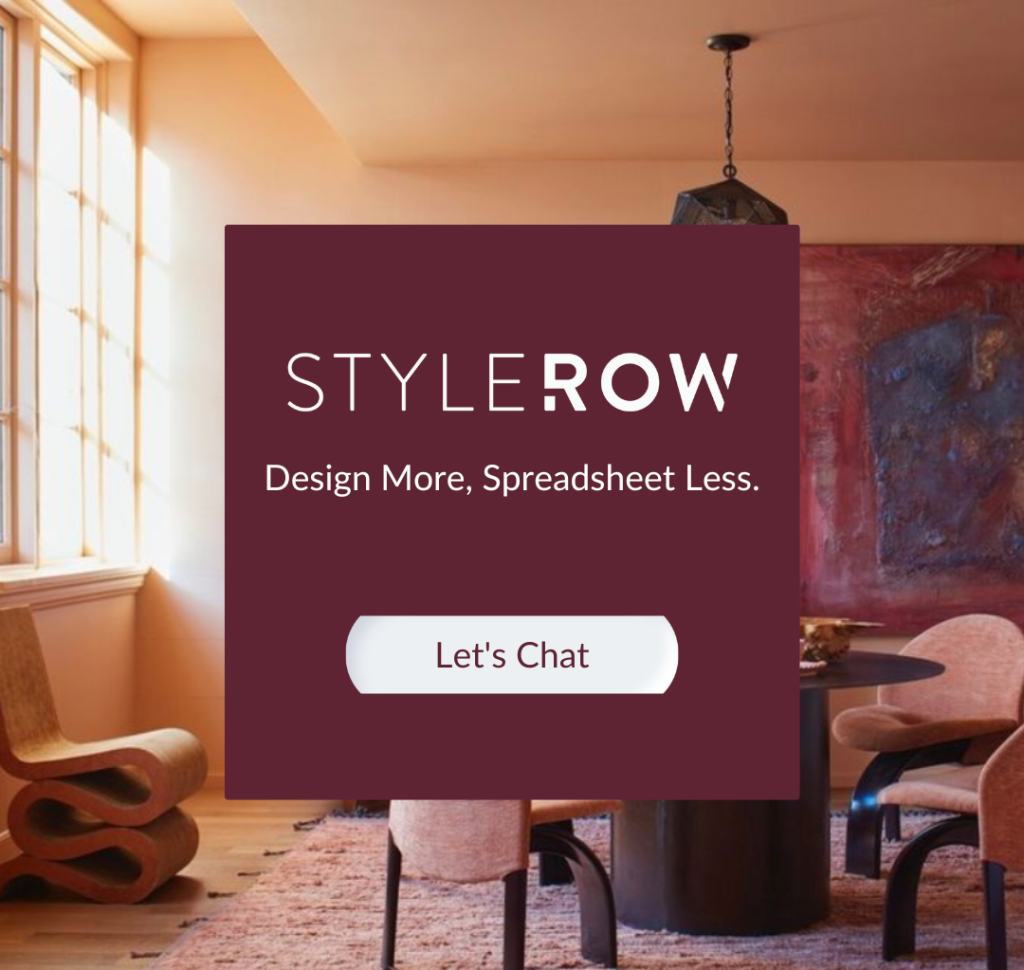Professional development is a key component of a successful interior design career. It involves enhancing your skills, expanding your knowledge, and staying up-to-date with the latest trends in the industry. This article will guide you on how to create a professional development plan for your interior design career.
Why a Professional Development Plan is Essential for Interior Designers?
- Career Advancement: A well-crafted professional development plan can help you identify your career goals and the steps needed to achieve them.
- Skill Enhancement: Professional development allows you to enhance your design skills and learn new techniques, keeping you competitive in the industry.
- Staying Current: The interior design industry is constantly evolving. A professional development plan ensures you stay current with the latest trends and technologies.
- Networking Opportunities: Professional development often involves attending industry events and participating in professional organizations, providing opportunities to network with other professionals in the field.
Steps to Create a Professional Development Plan for Your Interior Design Career
- Identify Your Career Goals: Understand what you want to achieve in your career and set specific, measurable, achievable, relevant, and time-bound (SMART) goals.
- Assess Your Current Skills: Evaluate your current skills and identify areas where you need improvement.
- Identify Learning Opportunities: Look for learning opportunities that align with your career goals. These could include workshops, online courses, or industry conferences.
- Create a Timeline: Set a timeline for achieving your goals. This will help you stay focused and motivated.
- Evaluate Your Progress: Regularly evaluate your progress towards your goals and adjust your plan as needed.
Creating a professional development plan is a crucial step in advancing your interior design career. By identifying your career goals, assessing your current skills, identifying learning opportunities, creating a timeline, and evaluating your progress, you can ensure your professional growth and success in the interior design industry.
Watch the webinar below to learn more about how Erinn V. uses StyleRow to streamline projects & win more business.
Have questions on how to use StyleRow? Let us help you.




















